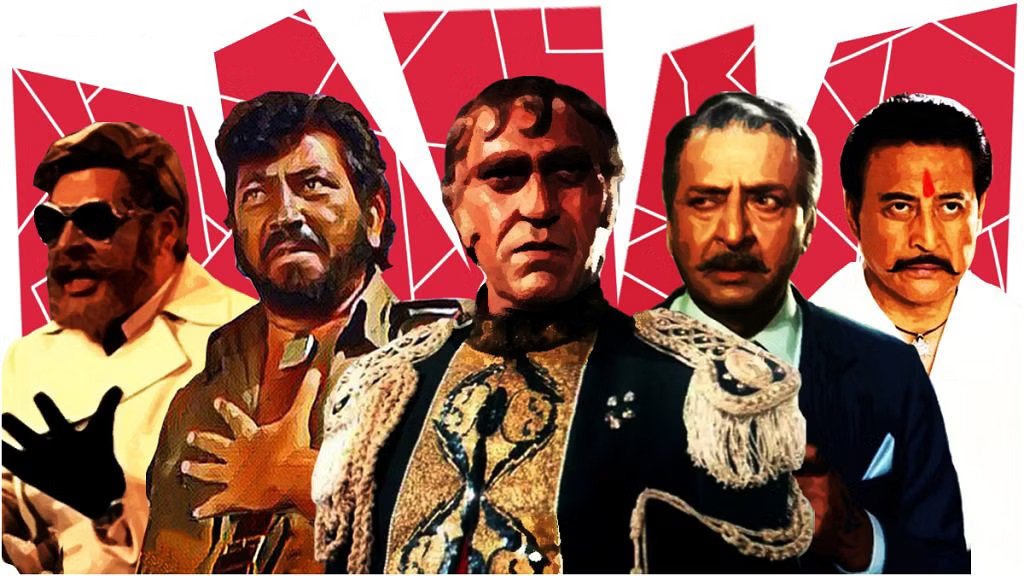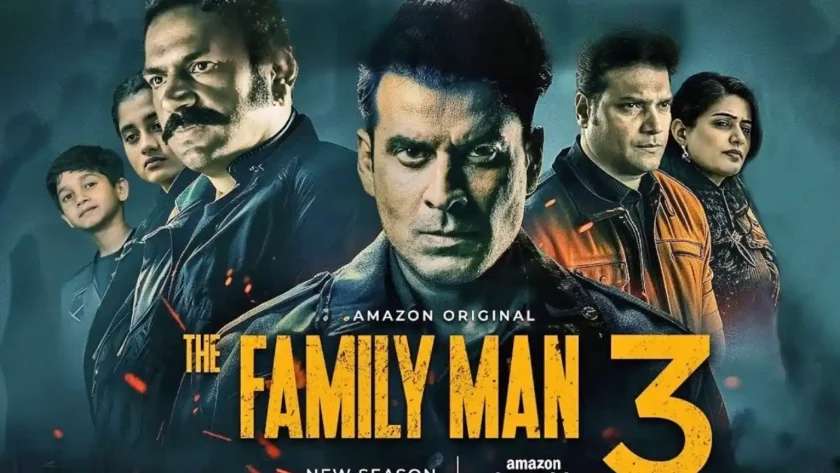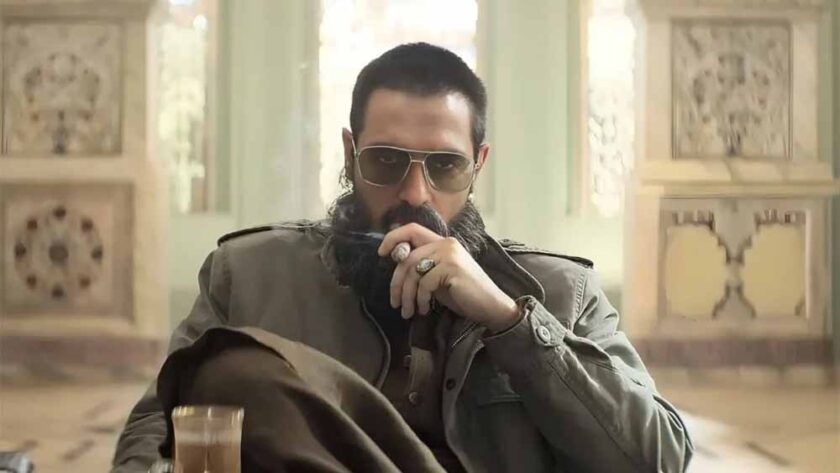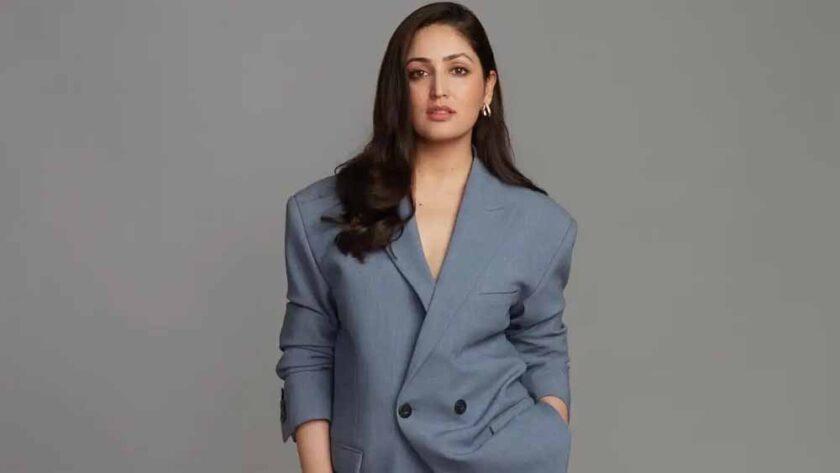Mumbai: Bollywood’s villains have evolved significantly over the decades, reflecting changes in Indian society, politics, and cinematic trends. From traditional archetypes to complex antiheroes, the portrayal of villains in Hindi cinema has shifted in ways that mirror the transformation of Indian culture and audience expectations.
1. The Early Days (1940s–1960s): Moral Opposites
In the early decades of Bollywood, villains were clear-cut embodiments of evil, often serving as moral opposites to the hero. The villains of this era, like Pran in Madhumati (1958) or K.N. Singh in Howrah Bridge (1958), were often rich landlords, corrupt businessmen, or aristocrats who oppressed the poor and honest protagonists. These villains personified the societal divide between the privileged and the oppressed, reflecting post-colonial India’s struggles with poverty and inequality. Their motivations were often simple: greed, power, or revenge.
Key Villains: Pran, K.N. Singh, Rehman
2. 1970s: The Rise of the Supervillain
The 1970s saw the emergence of larger-than-life villains who became iconic in Bollywood history. This era was heavily influenced by the socio-political landscape of the time, particularly with growing unemployment, disillusionment, and corruption. The villains of the 1970s, like Amjad Khan’s Gabbar Singh in Sholay (1975), were depicted as brutal, almost mythological figures with no moral ambiguity. Gabbar Singh, a ruthless dacoit, became the epitome of terror, with memorable dialogues that echoed through generations.
This decade also saw the rise of the “smuggler villain,” reflecting India’s economic conditions and black market growth. Amrish Puri’s Mogambo from Mr. India (1987) was another unforgettable figure—a megalomaniac with plans to dominate the world, representing the external threats facing India in the Cold War era.
Key Villains: Amjad Khan (Gabbar Singh), Amrish Puri (Mogambo), Ajit (Teja in Zanjeer)
3. 1980s: The Corrupt System
As India grappled with corruption and socio-economic inequalities in the 1980s, Bollywood villains began to reflect institutionalized evil. This was the era of the corrupt politician, police officer, or industrialist as the main antagonist. Films like Ardh Satya (1983) and Jalwa (1987) showed how corruption within the system became the hero’s greatest enemy. These villains weren’t just individuals; they represented a decaying system that ordinary people had to fight against.
Amrish Puri dominated this era as the quintessential villain, playing roles of tyrannical fathers, evil landlords, and ruthless politicians. The focus shifted from personal vendettas to institutionalized corruption and moral decay in the system.
Key Villains: Amrish Puri, Anupam Kher, Kiran Kumar
4. 1990s: Shades of Grey and Humanization
In the 1990s, Bollywood began to explore the grey areas of morality, and villains became more multi-dimensional. Instead of being purely evil, they were given complex backstories and motivations. Shah Rukh Khan’s Baazigar (1993) and Darr (1993) introduced a new breed of villain—the anti-hero. These characters had traumatic pasts or psychological issues that made their actions understandable, if not justifiable. The villain was no longer just an obstacle for the hero but a central figure with depth and complexity.
This period also introduced a shift from traditional villains to “love-obsessed” antagonists, where characters like Rahul in Darr exhibited obsession rather than conventional villainy. Villains started to operate within the context of emotions, often driven by love or jealousy, making them relatable and human.

Key Villains: Shah Rukh Khan (Darr, Baazigar), Ashutosh Rana (Dushman), Danny Denzongpa (Krantiveer)
5. 2000s: The Era of Anti-Heroes and Corporate Villains
In the 2000s, as globalization and technology became more prominent in Indian society, Bollywood villains evolved to represent these new realities. The corporate world became the new breeding ground for villains, with characters like Boman Irani’s scheming developer in Lage Raho Munna Bhai (2006) and 3 Idiots (2009). The villains of this era were less about physical dominance and more about mental manipulation and power plays in the business world.
The concept of the anti-hero grew even stronger in this era, with characters like Hrithik Roshan’s Dhoom 2 (2006) thief or Aamir Khan’s revenge-driven character in Ghajini (2008). These figures were glamorous and had charisma, often overshadowing the hero in terms of sheer screen presence.
Key Villains: Boman Irani (3 Idiots), Hrithik Roshan (Dhoom 2), Aamir Khan (Ghajini)
6. 2010s–Present: Complex Motivations and Socially Relevant Villains
In the 2010s, villains in Bollywood continued to become more layered, driven by complex motivations that resonate with contemporary issues. Films like Raees (2017) showed a protagonist who navigated the grey areas between legality and crime, reflecting real-life stories of gangsters who gained public sympathy. Nawazuddin Siddiqui’s portrayal of villains in Badlapur (2015) and Raman Raghav 2.0 (2016) brought psychological depth and moral ambiguity to the forefront.
The villains of this era often reflect societal anxieties—terrorists, corrupt politicians, abusive patriarchs, and figures of authoritarian control. In films like Article 15 (2019), caste-based discrimination becomes the villain, as the story revolves around systemic oppression. Similarly, gender-based violence and misogyny are tackled head-on in films like Pink (2016).
The 2010s also introduced the concept of “internal villains,” where the hero’s own psychological issues or moral dilemmas become the main antagonist, as seen in Kabir Singh (2019).
Key Villains: Nawazuddin Siddiqui, Manoj Bajpayee, Pankaj Tripathi (Mirzapur)
Conclusion: The Ever-Evolving Nature of Bollywood Villains
The evolution of Bollywood villains is a reflection of the changing dynamics of Indian society. From larger-than-life antagonists to morally ambiguous anti-heroes, villains have transitioned from being clear-cut representations of evil to multi-faceted characters with human motivations. As Indian cinema continues to experiment with storytelling, the role of the villain will likely keep evolving, challenging traditional notions of good and evil while mirroring the complexities of contemporary society.






